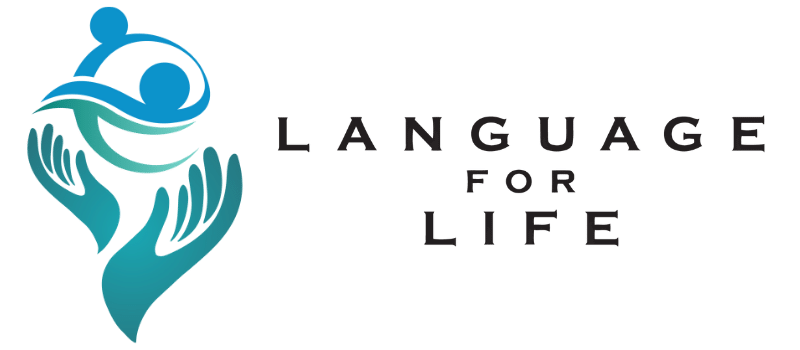Body movements encompass a wide range of human physical activities, from simple reflex acts to complex, coordinated movements. These movements are commonly referred to as motor skills or physical actions. These movements are necessary to interact with and discover the world. It allows one to distinguish between voluntary movements like walking, jumping, or writing and involuntary ones like breathing and blinking.
Types of Body Movements
- Gross Motor Skills:
These involve large muscle groups, and we acquire these skills from birth through adolescence. Eg: running, standing, etc
- Fine Motor Skills:
These involve smaller muscles. Eg: writing, cooking, etc.
- Reflex Movements:
It’s an involuntary or spontaneous reaction that the body does in response to something, and you don’t even have to think about it. such as breathing, coughing, etc
- Nonverbal Communication:
The passing of information from one person to another without the use of words. Eg: smiling, responding with a thumbs up
- Expressive Movements:
This is the movement to express feelings, stories, and artistic vision. For example, dancing, acting
Significance of Body Movements
- Physical Health: Regular exercise is essential for good health, for Improved cardiovascular function, muscle strengthening and increased flexibility.
- Cognitive Development: Children’s cognitive development is closely related to physical activity. Learning, memory, and problem solving can all be enhanced through movement.
- Emotional Well-being: Exercise and cognitive enhancement can significantly affect emotional well-being, reduce symptoms of anxiety and depression and improve mood.
- Social Interaction and Communication: Body language and gestures are vital components of human communication, allowing individuals to express feelings and intentions or to enhance verbal communication.
- Cultural Expression: Many cultures have unique forms of movement, such as traditional dances or gestures, which are integral to their identity and expression.
Body movements play an important role in enhancing language learning by engaging multiple senses, making the learning process more interactive, memorable, and effective. Here are several ways in which body movements can facilitate language acquisition:
- Total Physical Response (TPR):
It is a method of teaching linguistic or verbal concepts using physical movement in response to verbal input. TPR aims to create brain connections between speech and action to improve language and vocabulary learning.
- Enhanced Memory:
A method to help ensure that information moves from short-term memory to the long-term.
- Increased Engagement and Motivation:
Incorporating body movements into language learning can make lessons more engaging and interesting. This increased participation may increase motivation and willingness to participate, especially among young learners.
- Improved Pronunciation and Rhythm:
Movements such as hand gestures can help learners with the rhythm, stress, and intonation patterns of a new language by providing physical feedback that mirrors the prosodic features of speech.
- Aids in Cultural Understanding:
Many aspects of body language are culture-specific. Learning these nonverbal cues along with verbal language can provide learners with a nuanced understanding of culture.
- Facilitates Real – Life Communication
Body movements and gestures are a natural part of daily communication. Integrating them into language learning prepares students for real-life interactions, where nonverbal cues play a crucial role in conveying meaning.
Conclusion
Incorporating body movements into language learning not only aids in memorization and understanding but also aligns with how language is naturally acquired and used in daily life. This holistic approach, which integrates physical engagement with cognitive processes, can significantly enhance the effectiveness of language learning.
Read more : Movement and Learning, How Movement and Gestures Can Improve Student Learning


